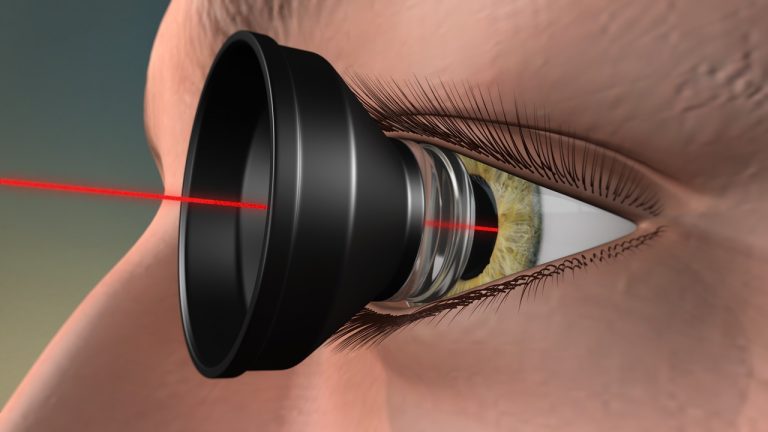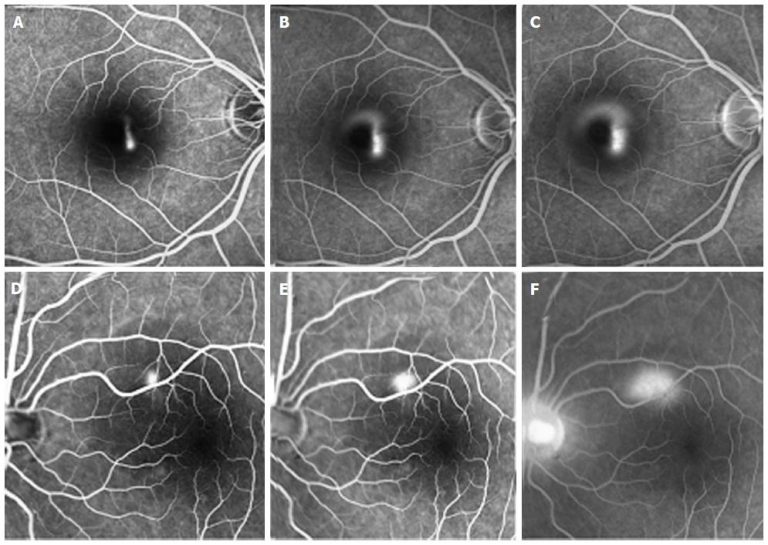Understanding Retinal Detachment

Retinal detachment occurs when the retina, a thin layer of tissue at the back of the eye, separates from its underlying supportive tissue. This is a serious condition that can lead to vision loss if not treated promptly.
Causes

Ageing: The vitreous gel inside your eye may shrink and pull on the retina.

Severe Shortsighted: Increases the risk due to the longer shape of the eyeball.
Eye Injuries: Trauma to the eye can cause detachment.

Previous Eye Surgeries: Such as cataract removal.
Diabetic Retinopathy: Damage to retinal blood vessels.
Symptoms
- Sudden Flashes of Light: Especially in the peripheral vision.
- Increase in Floaters: Small, dark shapes that float across your vision.
- Shadow or Curtain Over Vision: A gray curtain moving across your field of vision.
- Blurred Vision: Can be a sign of fluid under the retina.

Diagnosis
Comprehensive Eye Exam: Dilated eye exam to inspect the retina.
Ultrasound Imaging: Helps in diagnosing retinal detachment if the retina is obscured by blood or other conditions.
Treatment
Laser Surgery or Cryopexy: To seal retinal tears.
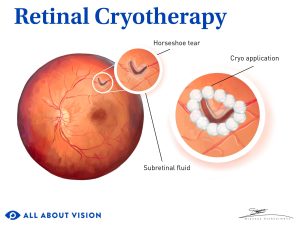
Pneumatic Retinopexy: Injecting a gas bubble into the eye to push the retina back into place.
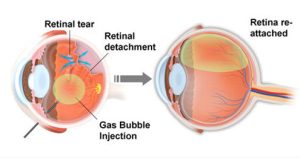
Scleral Buckling: Indenting the eye wall to relieve pressure.
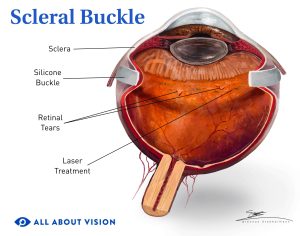
Vitrectomy: Removing the vitreous gel pulling on the retina.

Postoperative Care
- Recovery: Following the surgeon’s instructions is crucial, including positioning your head to keep the gas bubble in the right place for retinal reattachment.
Preventive Measures

Regular Eye Exams: Essential for early detection and management of RVO and related conditions.
Protective Eyewear: Use protective eyewear during sports or activities that could cause eye injury.
Conclusion
Retinal detachment is a medical emergency that can lead to permanent vision loss if not treated promptly. Early detection and timely surgical intervention are crucial for preserving vision. Regular eye exams and protecting your eyes from injuries are important preventive measures.

